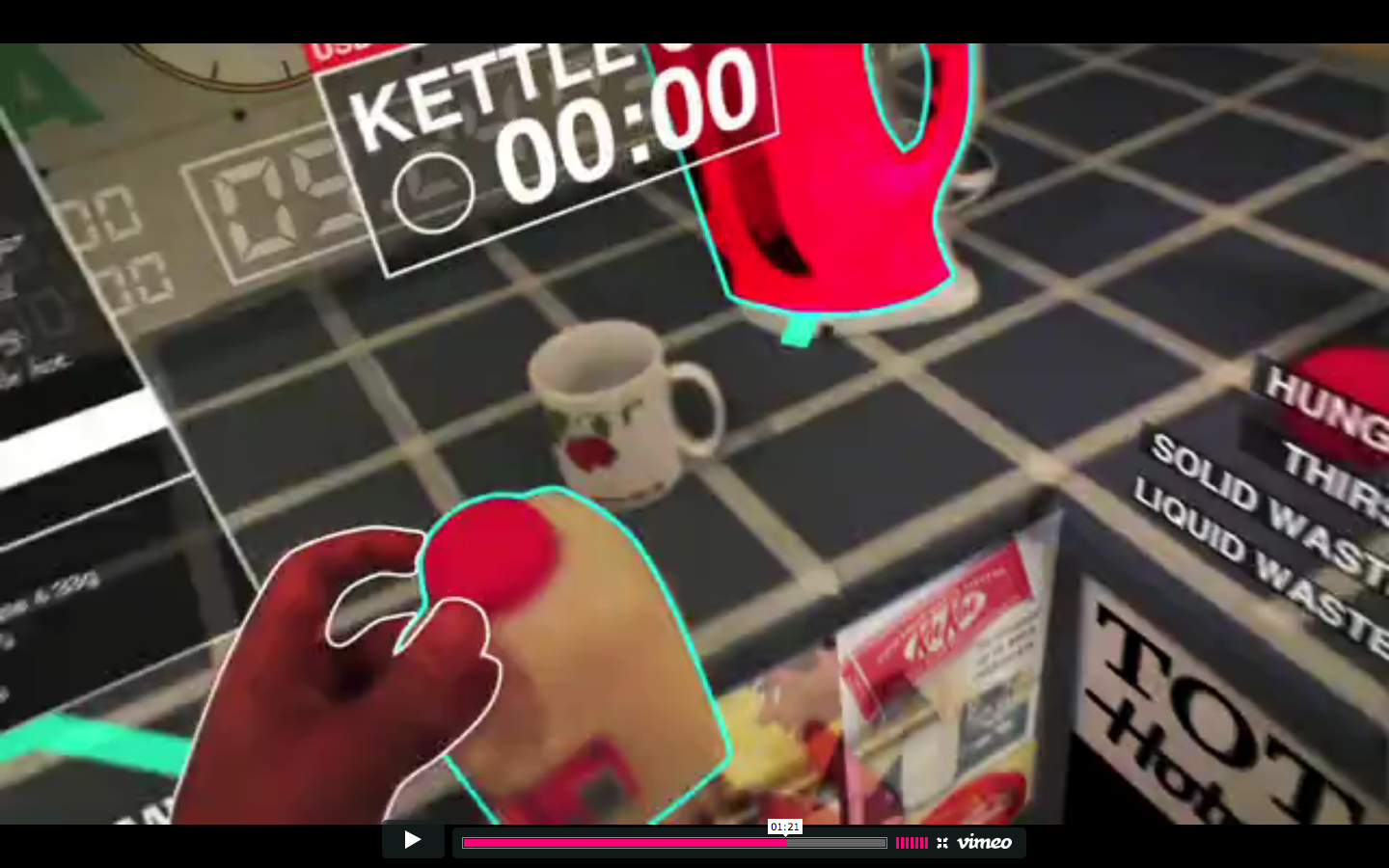I’m not much of a “gamer”, although I have to admit I am able to reference my life by what computer game I was playing since I was about 10 years old (for the record – Jet Set Willy, on the trusty ZX Spectrum) – maybe before then, if you include the clunky Radio Shack games I played on my Dad’s computers.

Jet Set Willy (1984: ZX Spectrum), Sonic the Hedgehog (1991: Sega Megadrive), Monkey Island (1990: PC), Doom (1993: PC), Worms (1995: PC), Abe’s Oddysee (1997: PS1), Grand Theft Auto (1997: PC), Rainbow Six (1998: PC) and many more; they all chart a certain personal view of the evolution of console and computer gaming. And it’s incredible to think how things have changed.
I can mark eras of my life in the same way you might signpost your autobiographical memory with where you were living. Sad but true. It tends to be just the one game as I don’t devote masses of time to gaming – when I find a game that I like, I stick with it.
Recently, I persuaded my wife that a PS3 would be a great addition to our family because “a PS3 is so much more than just a games console – you can use it to view all those digital photos and videos of our son”. And I’m glad I did as I think I’ve found the game to mark the next era – LittleBigPlanet. This game is incredible. It has brought the traditional platform game into the future with a fun, creative and collaborative online world that is constantly changing and ever evolving. Irrespective of what it represents in terms of amazing media and technological innovation, it also represents a return to pure and simple platform based game-play, with a few twists. And, possibly most importantly, it is impossible not to feel happy playing this game. It looks like we’re going to have some fun with this one…

